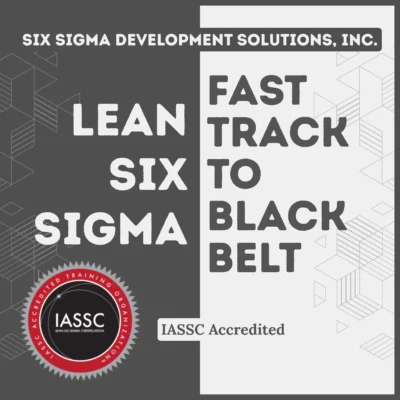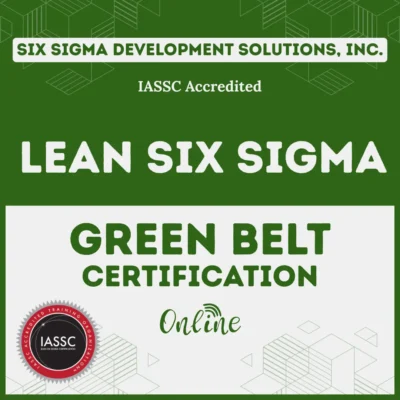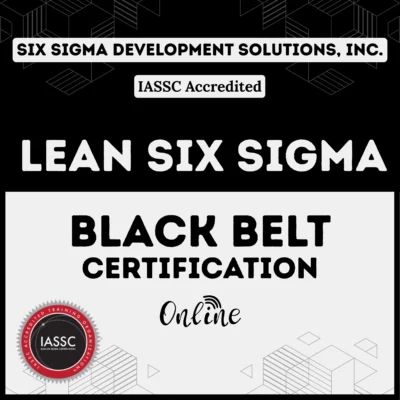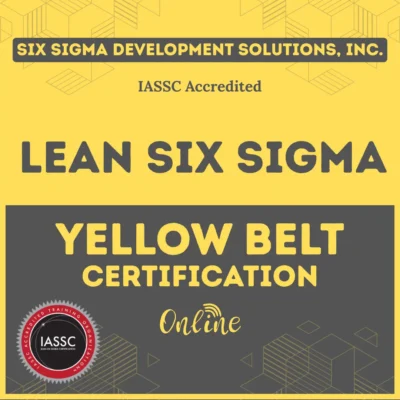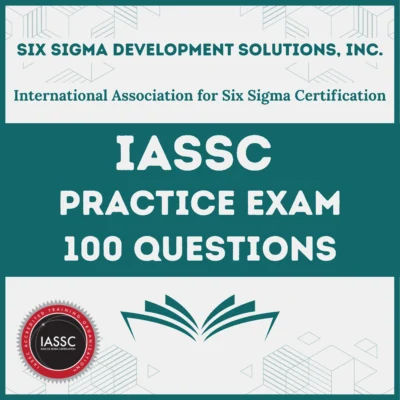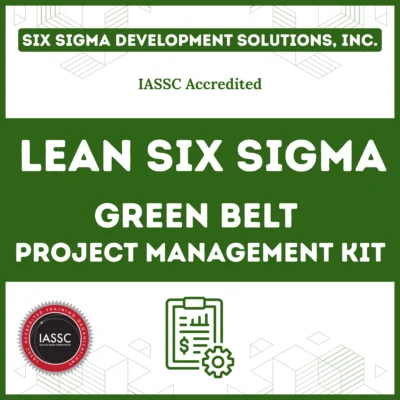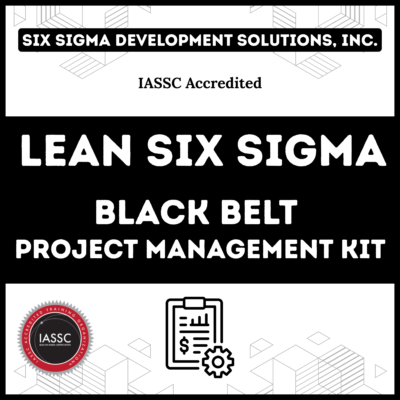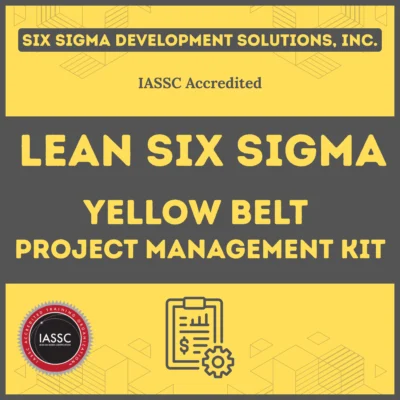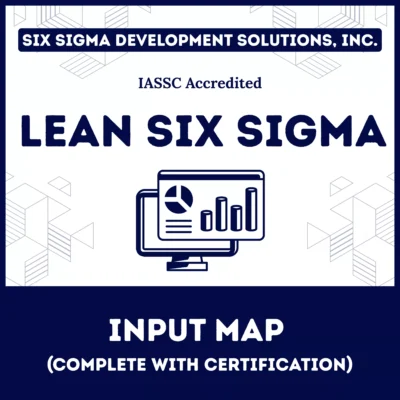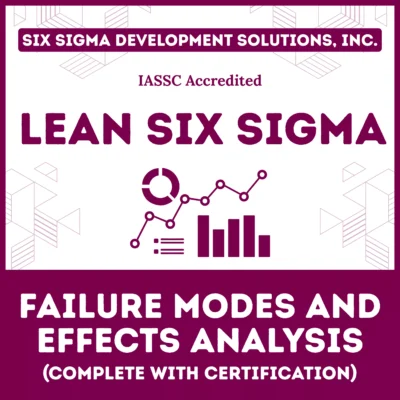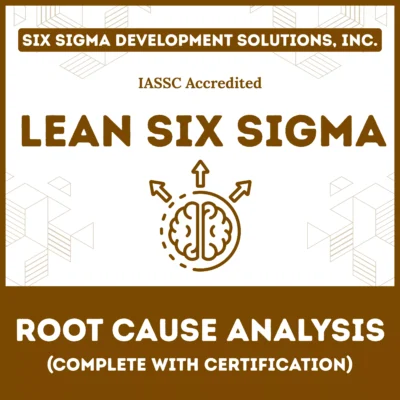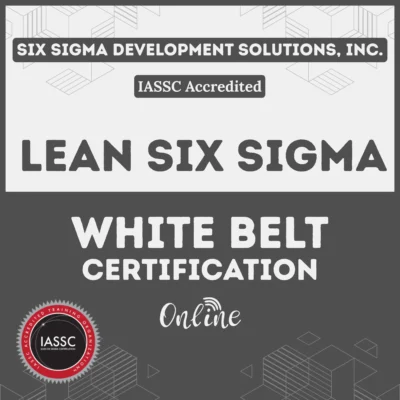In manufacturing, appraisal costs represent the crucial investments a company makes to ensure its products meet strict quality standards before reaching customers.
These costs cover activities like inspection, testing, and quality control efforts aimed at detecting defects early and preventing costly mistakes down the line. While appraisal costs may seem significant, they act as a vital safeguard—helping manufacturers maintain consistency, enhance customer satisfaction, and avoid reputational damage in an increasingly competitive market.
By proactively investing in quality assurance, businesses not only protect their bottom line but also foster a culture of continuous improvement that drives long-term success.
Table of contents
What is an Appraisal Cost in Manufacturing?
An appraisal cost refers to the expenses a manufacturing company incurs to inspect, test, and evaluate products or processes to ensure they meet predefined quality standards and regulatory requirements. These costs are a subset of the Cost of Quality (CoQ), which also includes prevention costs, internal failure costs, and external failure costs.
The goal of appraisal costs is to catch defects early in the production process, preventing faulty products from reaching customers and safeguarding the company’s reputation.
For example, imagine a car manufacturer testing the safety features of a new vehicle model. The costs associated with running these tests—such as labor, equipment, and audits—are considered appraisal costs. By identifying issues before the car hits the market, the manufacturer avoids costly recalls and maintains customer satisfaction.
Public, Onsite, Virtual, and Online Six Sigma Certification Training!
- We are accredited by the IASSC.
- Live Public Training at 52 Sites.
- Live Virtual Training.
- Onsite Training (at your organization).
- Interactive Online (self-paced) training,
Why Are Appraisal Costs Important?
Appraisal costs play a vital role in manufacturing by:
- Ensuring Product Quality: They verify that products meet customer expectations and industry standards.
- Preventing Costly Failures: Catching defects early reduces the risk of expensive rework, scrap, or customer returns.
- Protecting Brand Reputation: High-quality products build trust and loyalty, especially in today’s digital age where negative reviews can spread quickly on social media.
- Meeting Regulatory Requirements: Many industries, such as automotive or pharmaceuticals, have strict compliance standards that appraisals help uphold.
Without appraisal costs, manufacturers risk shipping defective products, leading to financial losses and damaged goodwill. For instance, a single defective product reaching a customer could result in warranty claims, replacements, or even lawsuits, far outweighing the initial cost of quality checks.
How Much Do Appraisal Costs in Manufacturing Cost?
The cost of appraisals in manufacturing varies widely depending on the industry, product complexity, and quality control measures in place. On average, appraisal costs can range from 2-5% of total production costs, though this figure can be higher for industries with stringent quality requirements, such as aerospace or medical device manufacturing.
For small manufacturers with limited budgets, these costs can feel substantial, but they are often a necessary investment to avoid larger losses.
Also Read: Hazard and Operability Study
Components of Appraisal Costs

Appraisal costs encompass several specific expenses, each contributing to the overall quality control process. Here’s a breakdown of the primary components:
- Inspection Costs
These include expenses for examining raw materials, components, in-process goods, or finished products. For example, a guitar manufacturer might inspect incoming wood supplies to ensure they meet quality standards, preventing faulty materials from entering production. Inspection costs cover labor (e.g., inspector salaries), tools, and visual or manual checks. - Testing Costs
Testing involves in-depth evaluations to validate product performance, durability, or safety. For instance, a smartphone manufacturer may test battery life or screen durability, incurring costs for test equipment, facilities, and specialized personnel. - Quality Audits
Audits verify that the manufacturing process adheres to quality standards. These may include internal audits or third-party assessments, such as ISO certifications, and involve fees for auditors, travel, and report generation. - Calibration and Maintenance Costs
Testing equipment, such as precision measurement tools, requires regular calibration and maintenance to ensure accuracy. These costs, including depreciation of equipment, are considered part of appraisal costs. - Field Testing and Customer Surveys
Some manufacturers conduct field tests or customer feedback surveys to assess product performance in real-world conditions. These activities, while valuable, add to the appraisal cost budget.
Factors Influencing Appraisal Costs

Several factors determine the cost of appraisal in manufacturing:
- Industry Type
Industries with high safety or regulatory standards, such as automotive or pharmaceuticals, require more rigorous testing, increasing appraisal costs. For example, a car manufacturer may spend millions on crash tests to ensure compliance with safety regulations. - Product Complexity
Complex products, like electronics or machinery, require more extensive inspections and testing, driving up costs compared to simpler products like clothing or furniture. - Production Volume
High-volume manufacturers may spread appraisal costs across more units, reducing the per-unit cost. Conversely, low-volume or custom production may face higher per-unit appraisal expenses. - Stage of Production
Appraisals conducted early in the production process (e.g., at the raw material stage) are less costly than those performed on finished products, as catching defects early avoids wasting additional labor and materials. - Technology and Automation
Investing in automated inspection systems can reduce labor costs but may increase upfront equipment costs. For example, automated optical inspection (AOI) machines in electronics manufacturing improve accuracy but require significant investment. - Geographic Location
Labor and equipment costs vary by region. For instance, Such costs in developed countries with higher wages may be greater than in regions with lower labor costs.
Also Read: What is Survival Analysis?
Strategies to Optimize Appraisal Costs

While appraisal costs are essential, manufacturers can take steps to manage and optimize them without compromising quality:
- Invest in Prevention Costs
Spending more on prevention activities, such as employee training, process design, or supplier quality management, can reduce the need for extensive appraisals. For example, improving supplier quality can minimize incoming material inspections. - Implement Statistical Process Control (SPC)
SPC uses data to monitor production processes in real-time, allowing manufacturers to catch deviations early and reduce the frequency of inspections. This approach lowers appraisal costs while maintaining quality. - Leverage Automation
Automated testing and inspection systems, such as AI-powered visual inspection tools, can reduce labor costs and improve accuracy. While the initial investment is high, the long-term savings can be significant. - Focus Inspections Early
Conduct appraisals at critical points, such as incoming materials or before bottleneck operations, to avoid wasting resources on defective items later in the process. - Use Modern Software
Manufacturing Resource Planning (MRP) systems can track appraisal costs, monitor defects, and streamline quality control processes, helping manufacturers identify cost-saving opportunities.
Balancing Appraisal Costs with Prevention Costs
A common challenge is deciding how much to invest in appraisal costs versus prevention costs. While appraisals catch defects after they occur, prevention costs aim to eliminate defects before they happen. Experts recommend prioritizing prevention, as it reduces the need for appraisals and minimizes costly failures. For instance, a manufacturer that trains workers to avoid errors may spend less on inspections over time.
However, completely eliminating appraisal costs is impractical, as some level of quality verification is always necessary. The key is to find a balance where appraisals are efficient and targeted, complementing robust prevention strategies.
Real-World Examples
To illustrate appraisal costs in action, consider these scenarios:
- Electronics Manufacturing: A smartphone producer tests each device for battery performance and screen functionality. The costs of testing equipment, technician salaries, and calibration are all appraisal costs. Catching a faulty battery before shipping prevents customer complaints and costly recalls.
- Automotive Industry: A car manufacturer conducts crash tests and quality audits to ensure vehicles meet safety standards. These tests involve specialized facilities and third-party auditors, contributing to high appraisal costs but ensuring compliance and safety.
- Textile Industry: A garment factory inspects raw fabrics for defects before cutting and sewing. The labor and tools used for these inspections are appraisal costs, preventing the production of flawed clothing that could lead to returns.
Challenges and Drawbacks
While essential, appraisal costs have limitations:
- High Expenses: Small manufacturers may struggle to afford specialized equipment or third-party auditors, limiting their ability to implement robust appraisals.
- Symptom-Focused: Appraisals address defects after they occur rather than preventing them, which can lead to a cycle of continuous inspections without addressing root causes.
- False Confidence: Over-reliance on appraisals may mask underlying process issues, giving manufacturers a false sense of quality control.
To overcome these challenges, manufacturers should view appraisal costs as part of a broader quality management strategy, emphasizing prevention and continuous improvement.
FAQs About Appraisal Costs in Manufacturing
What is an appraisal cost in manufacturing?
Appraisal costs are expenses incurred to inspect, test, and audit products or processes to ensure they meet quality and regulatory standards before reaching customers.
How much do appraisal costs typically cost?
These costs vary but typically account for 2-5% of production costs, depending on the industry, product complexity, and testing requirements.
What are examples of appraisal costs?
Examples include inspection of raw materials, product testing, quality audits, calibration of testing equipment, and customer feedback surveys.
How can manufacturers reduce appraisal costs?
Manufacturers can reduce these by investing in prevention, using automation, implementing statistical process control, and focusing inspections early in the production process.
Are appraisal costs more expensive than prevention costs?
Not necessarily. While appraisal costs can be high, prevention costs often yield greater long-term savings by reducing defects and the need for extensive appraisals.
Final Words
Appraisal costs in manufacturing are a critical investment in ensuring product quality, regulatory compliance, and customer satisfaction. By inspecting and testing products at various stages, manufacturers can catch defects early, avoid costly failures, and protect their brand reputation. However, these costs must be managed strategically to avoid overburdening budgets, especially for small businesses.
By balancing these costs with prevention efforts, leveraging automation, and focusing on early-stage inspections, manufacturers can optimize quality control while minimizing expenses.




